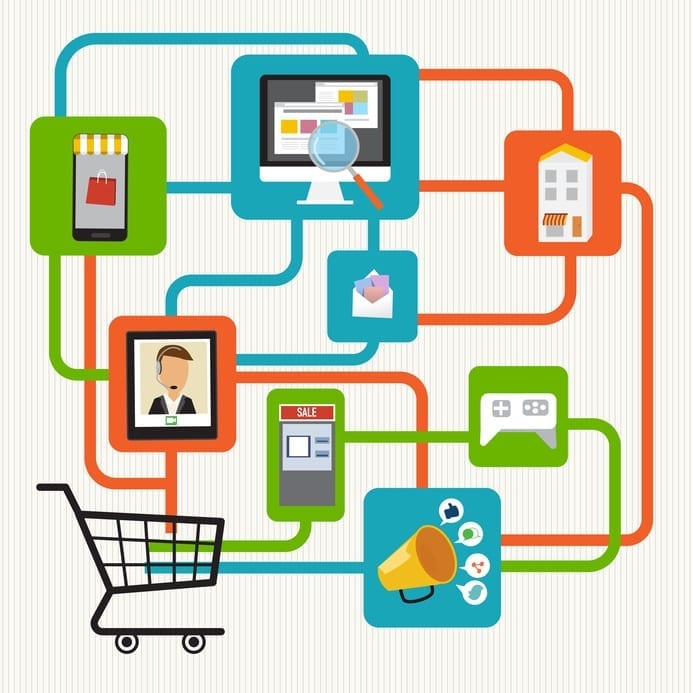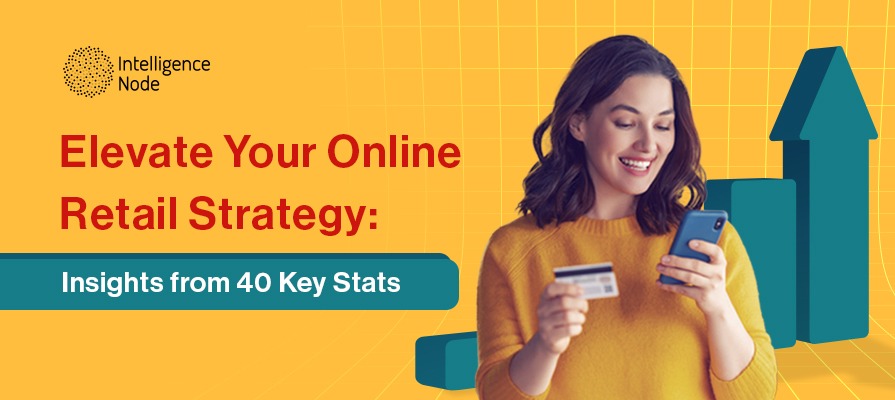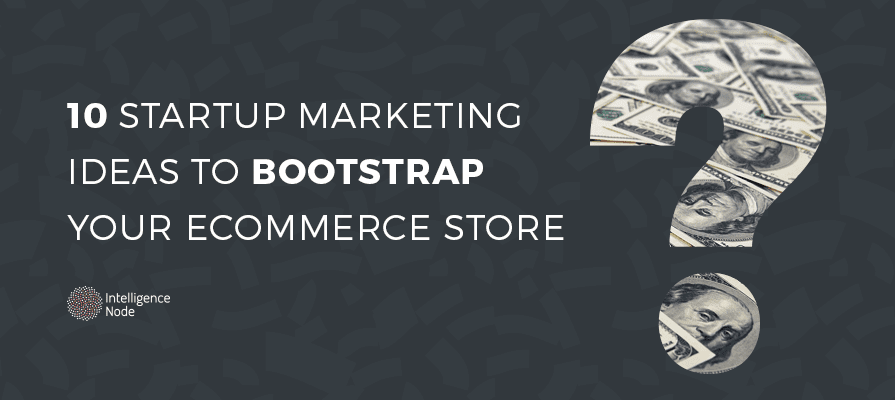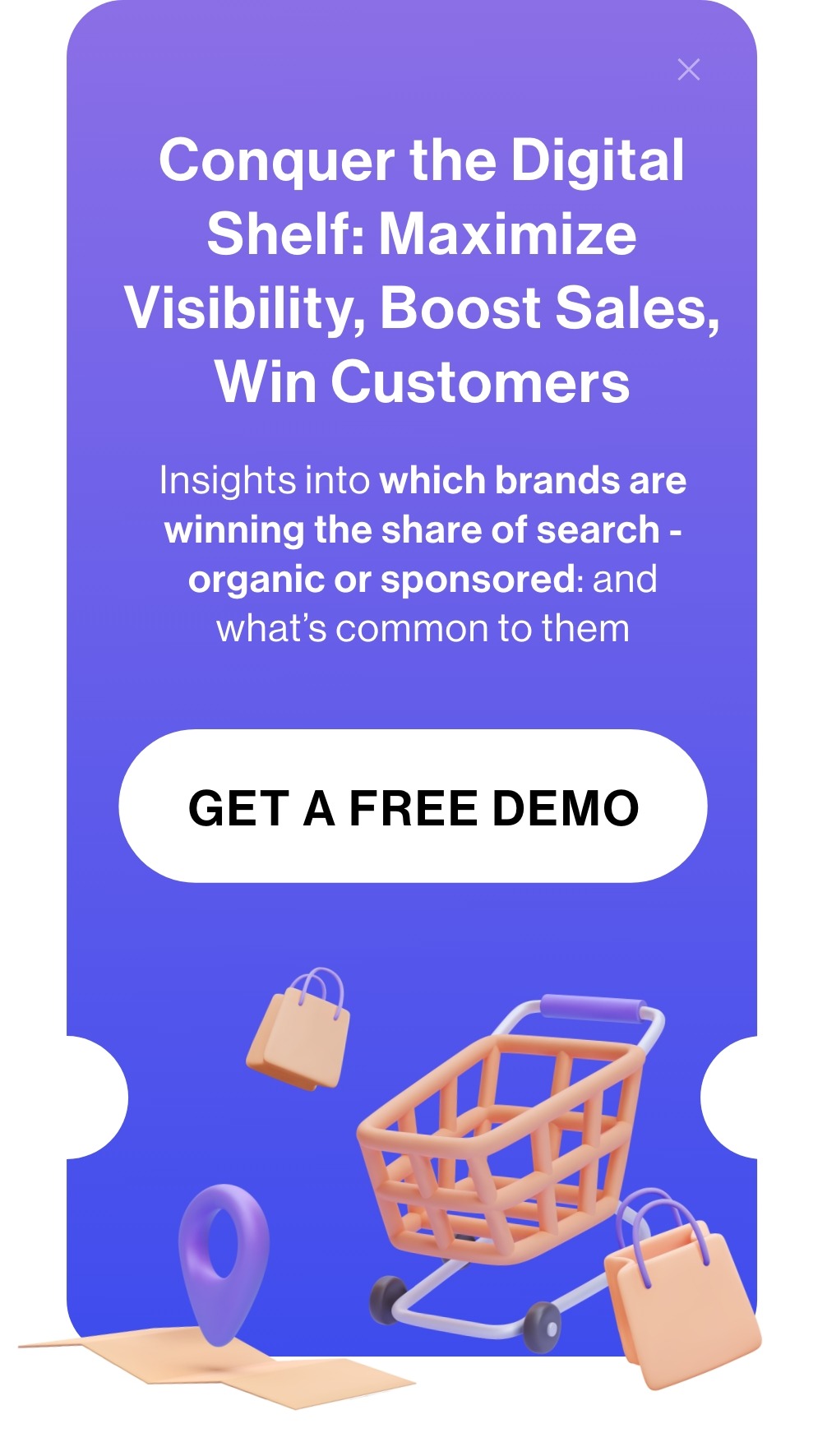Showrooming is the practice where shoppers examine items during store visits, but choose to buy them online because they are cheaper there — about 72% of consumers say that they ‘showroom’. Online retailers are in a position to offer better deals as they don’t have to bear the same operational costs as their brick-and-mortar counterparts. Effectively, traditional retailers unwittingly act as showrooms for ecommerce portals.
Webrooming is the exact opposite of showrooming where shoppers conduct online research about products and their reviews before buying them from brick and mortar outlets. In this case customers utilize online shopping catalogs simply for browsing and visit stores to buy products. Webrooming is preferred over showrooming when urgency and the tangible shopping experience takes precedence over the marginal cost advantage provided by online retailers. 61% shoppers still prefer buying in store due to immediate product accessibility and the ability to touch and feel the items.
While differences between the two appear stark, both are two sides of the same coin. Both are thriving trends that reflect the emphasis shoppers place on making well informed buying decisions, no matter where they choose to make their purchase.
Fallouts of showrooming and webrooming
Smartphones and fast data networks are everywhere, which means that consumer products are just a few swipes away from being compared with options available online. Traditional retailers are learning that their efforts to influence impulse buying behavior are met with resistance from smartphone wielding shoppers. Showrooming is not always a pre-planned activity, nonetheless, it can obstruct the shopper’s journey from the shopping rack to checkout desk.
One of the biggest threats traditional retailers face from showrooming is erosion of brand value proposition. Those who are passive to this rising shopping trend, risk falling out of favor with customers and their loyalty, a commodity that is increasingly difficult to acquire in today’s price sensitive climate.
Webrooming is a threat for online retailers as they cannot match the ready availability of in-store products. The ability to immediately return, exchange and seek refund cannot be matched by them. While list price based sales promotions have been a staple of online retailers, shoppers have reached the tipping point of sales fatigue. The threat that faces pure play ecommerce is the prospect of being utilized mostly as a product information library.
How are major players coping with both practices?
Handful of brick and mortar retailers like Best Buy, Walmart, Target and Office Depot have attempted to beat the showrooming trend through price match guarantees. They guarantee to match prices offered by a host of online as well as offline retailers. Each of them have their own caveats f or matching or beating prices offered by retailers such as Amazon and Tiger Direct.
Similarly, a bunch of webroomed entities like Amazon, Blue Nile, Bonobos, Warby Parker and others have started rolling out their offline presence to make themselves more accessible and lend tangibility to their merchandise. Additionally, 60 to 70% of consumers research and prefer shopping both online and in person, thus underlining the importance, they give to omnichannel retailing.
Omnichannel and smart retail analytics is the way forward
Omnichannel is the bridge that connects showrooming and webrooming. It provides a seamless shopping experience by aligning to the shopper’s preferred shopping journey. Real-time retail analytics can be used to enrich this experience. It can be implemented for the following purposes –
To be on par with or cheaper than the competition
Price adjustments can be automated in sync with real-time pricing intelligence. This eliminates the threat of losing out to showrooming while creating customer delight. We have a SAAS retail analytics product that does just that and much more. Here’s a video of the same.
To achieve better product visibility
Whether shopping online or offline, product visibility is a key factor that influences purchase. Insights from a retail analytics product like digital shelf analytics solution can be used to design store layouts and push up visibility of items trending across the retail landscape.
Personalized cross-selling and upselling recommendations
Cross-selling and upselling recommendations can be made with a great level of personalization. With price intelligence retailers can push recommendations and incentivize them in the form of discounts thanks to our intelligent basket-based pricing algorithm. Shop assistants can upsell and cross-sell products without the slightest hesistance as recommendations are tied to customer loyalty program and shopping history. Fill out the form below if you want to explore our SAAS products in detail.





